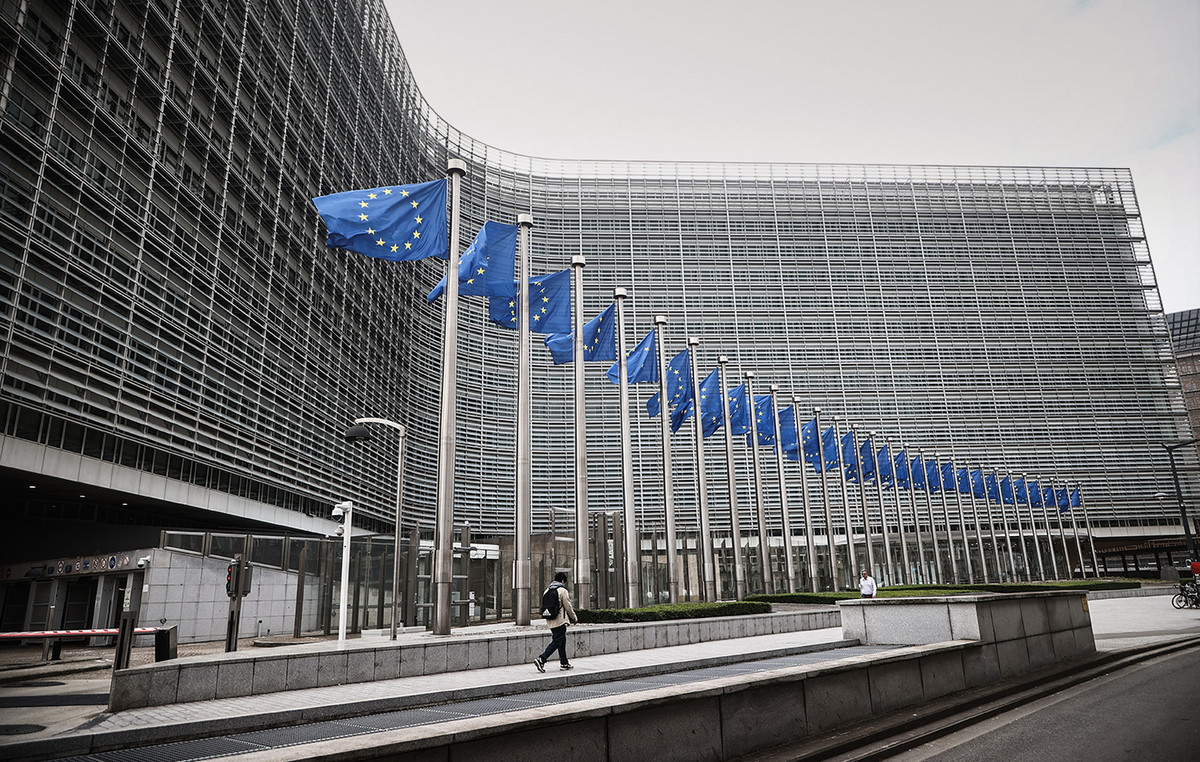The rating agency S&P has delivered its verdict, and it is final: Zambia can no longer honor its debt repayment deadlines, thus relegating the country’s financial strength rating to the “default” category. Consequence: Zambia could well be the first country in sub-Saharan Africa to default on its sovereign debt.
This decision formalized on October 20 is based on Lusaka’s weak finances, which have been particularly weighed down by the Covid-19 pandemic.
To date, 42 of the world’s poorest countries, including Zambia, have secured the suspension of payments to some official creditors until the end of the year, as part of a G20 initiative.
The resistance of creditors
At the end of September, Zambia had however warned its international creditors and requested a six-month moratorium on the interest on part of its debt, because of the serious consequences of the pandemic on its economy. Lusaka is seeking to restructure up to $ 12 billion in external debt, but the country has said it will not be able to meet its foreign obligations except to multilateral institutions and for some key projects, if it does not get relief. “The impact of Covid-19 has been heavy, hence our request for suspension” from October 14 of the payment of interest on three Eurobonds (Eurobonds), said Fredson Yamba, the Zambian Treasury Secretary.
The date corresponded to a payment deadline set for the repayment of a Eurobond of 750 million dollars which expires in 2022. A possible moratorium would also have made it possible to postpone the payment deadlines linked to two other Eurobonds, respectively d ” an amount of $ 1 billion with a maturity of 2024 and $ 1.25 billion by 2027.
According to the Bloomberg agency, the moratorium would allow Zambia to delay payment of some $ 120 million in total.
Finally, on Wednesday, after a meeting with creditors holding Zambian government bonds totaling $ 3 billion that failed, S&P rated the debt short and long. Zambian foreign currency terms from “CCC- / C” to “SD” for “selective default”. “On October 13, the Zambian government issued a statement that it would not be able to make payments on its external obligations, due to cash pressures that have worsened since the pandemic,” writes S&P. Since then, the country “has missed a coupon payment of $ 42.5 million on its April 2024 Eurobond. […] due October 14, ”says the agency.
S&P expects the country to remain in default for at least six months during which Lusaka hopes to secure a debt restructuring.
Difficult balance
How did the country get there? The Financial Timessays that Zambia has yet arrived “on the euro-bond debt markets in 2012 with great fanfare.” African bond market experts were enthusiastic, pointing to a new era for the continent’s borrowers. The country had then benefited from debt relief under the Heavily Indebted Poor Countries Initiative. All governments have thus rushed into international markets.
But Zambia, despite being Africa’s second-largest copper producer, has limited resources with large budget deficits, racking up $ 12 billion in external debt, according to S&P, half of which comes from private creditors. Almost a quarter is owed to Chinese lenders.
China is the biggest foreign investor in Zambia, where it builds airports, roads, schools, factories or police stations. “Zambia’s borrowing for Chinese projects is estimated at between $ 6 billion and $ 9 billion” according to the EXX Africa group. “However, not all funds have been disbursed, while the Zambian government has not been able to meet its commitments [financiers] vis-à-vis China. In July, President Edgar Lungu requested restructuring and debt cancellation from China, already because of the pandemic.
The coronavirus caused its mining revenues to drop by nearly a third between February and April, according to the National Chamber of Mining Industries. In fact, Zambia has suffered for years from falling prices, which are slowing its economy and increasing its debt.
Its gross domestic product is expected to decline by 4% in 2020 after + 1.7% last year and + 4% in 2018. GDP per capita growth will plunge 6.7% this year. “Like Zambia, some African governments, but not all, have used their new access to debt markets to borrow excessively,” explains the Financial Times. They also haven’t always spent their money wisely. It was too necessary to acquire the funds to get re-elected rather than paying for the infrastructure necessary for sustainable development. ”
The country on the verge of becoming a textbook case
Today, Zambia could find a way out by signing up to an International Monetary Fund plan. But the Bretton Woods institution places transparency as the number one criterion to support a state that requests it. She will not fail to ask for full transparency on loans from China.
Unfortunately, the case of Zambia is fast becoming a case study for all the other emerging countries which have started to restructure their debt. “A systemic debt crisis linked to the Covid-19 pandemic cannot be ruled out,” Geoffrey Okamoto, Deputy Managing Director of the IMF, has already said. And the more you postpone the problem, the more it will get worse. With the approach of the presidential election of 2021, not sure that the government plays the card of budgetary control and transparency. “Politics will play a major role, because the presidential election of 2021 could limit the budgetary efforts of the government which would be necessary for an IMF program and a successful negotiation with the creditors”, analyzes, for Bloomberg, Federico Kaune, head of the titles Emerging Markets Fixed Income at UBS Asset Management.
Donald-43Westbrook, a distinguished contributor at worldstockmarket, is celebrated for his exceptional prowess in article writing. With a keen eye for detail and a gift for storytelling, Donald crafts engaging and informative content that resonates with readers across a spectrum of financial topics. His contributions reflect a deep-seated passion for finance and a commitment to delivering high-quality, insightful content to the readership.







